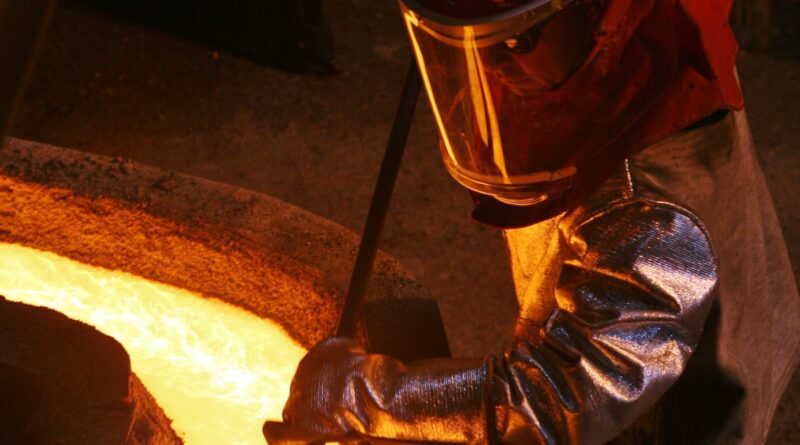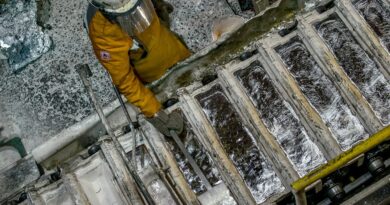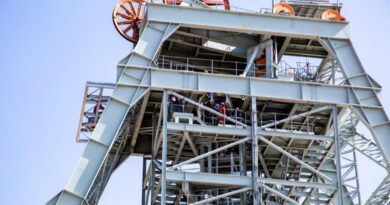Copper: Mine expansions and no shortage of smelting capacity
According to Wood Mackenzie, there is more than enough copper supply to meet medium term requirements. With mine expansions coming on-stream in 2021-2023, and no shortage of smelting capacity, the analysts expect small but significant surpluses.
While the supply side could support demand growth of 4-4.5% per annum in 2022 and 2023, this would draw down stocks to under 60 days by the end of the period. This is below ’normal’ levels of 65 days but would still be some 10 days above the consistently low levels seen during the last supercycle. This is hardly supercycle territory.
The conclusion we draw is that if fundamentals re-assert themselves copper prices will hit an air pocket before rising again as structural deficits start to appear from mid-decade onwards. But only if producers hold off from investment in required supply.
It’s not getting any cheaper to develop mines. But the question is whether it is necessary for prices to rise and remain at US$15,000-20,000/tonne to incentivise development.
Conventional analysis of incentive prices works on the principle of the price required to incentivise the marginal greenfield project to meet requirement 10 years hence. Admittedly this analysis is fraught with uncertainty.
What is the greenfield mine supply gap? What are the capital and operating costs? What are the required returns? How do you account for risk? And what assumptions are used for scrap availability and use?
A long-term price of US$3.30/lb is, in Wood Mackenzie view, the price required to incentivise the development of 5.7 Mt of greenfield mine capacity by 2030. And as it is half the level some commentators consider to be the required incentive price, it provides food for thought.




